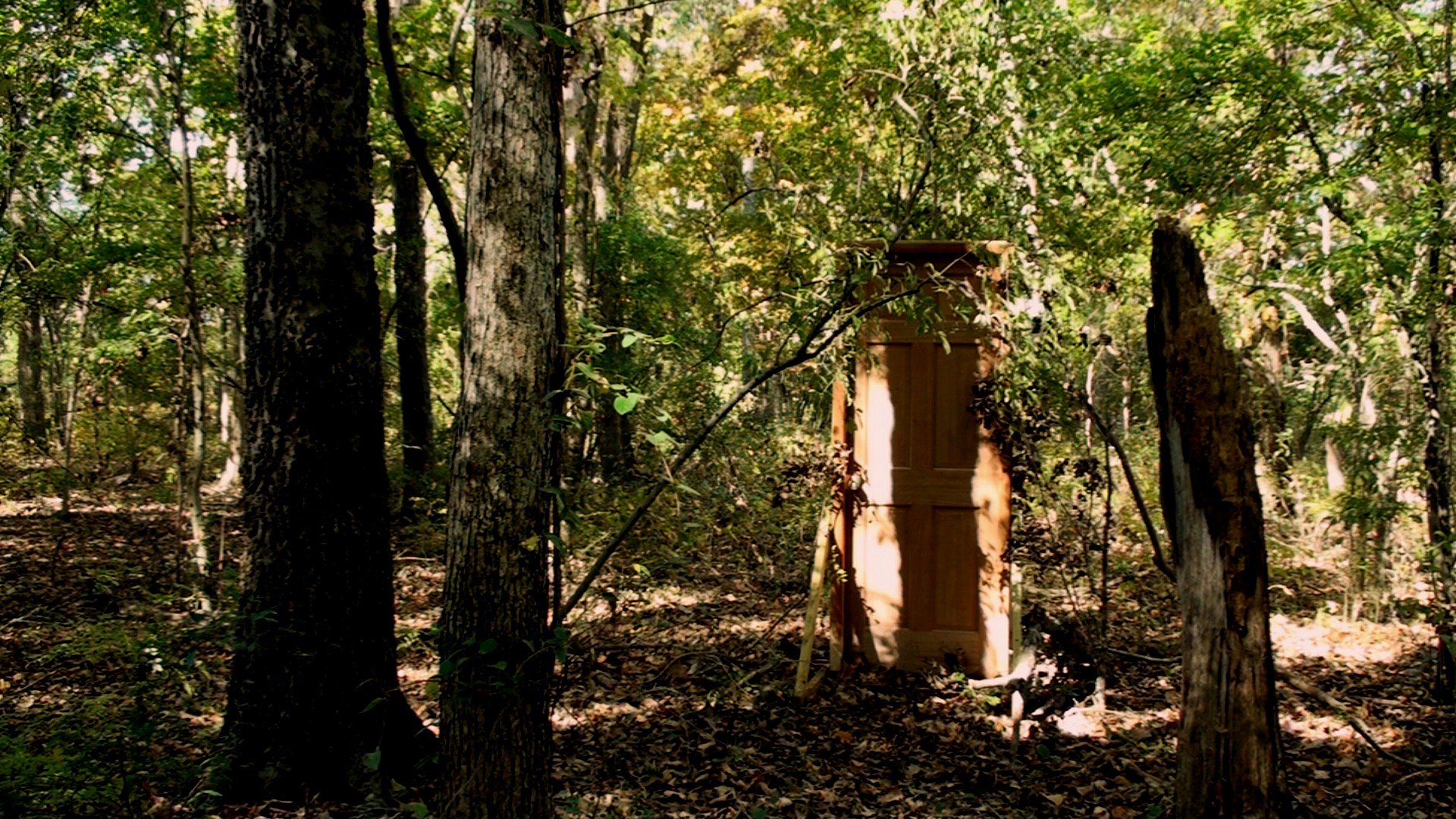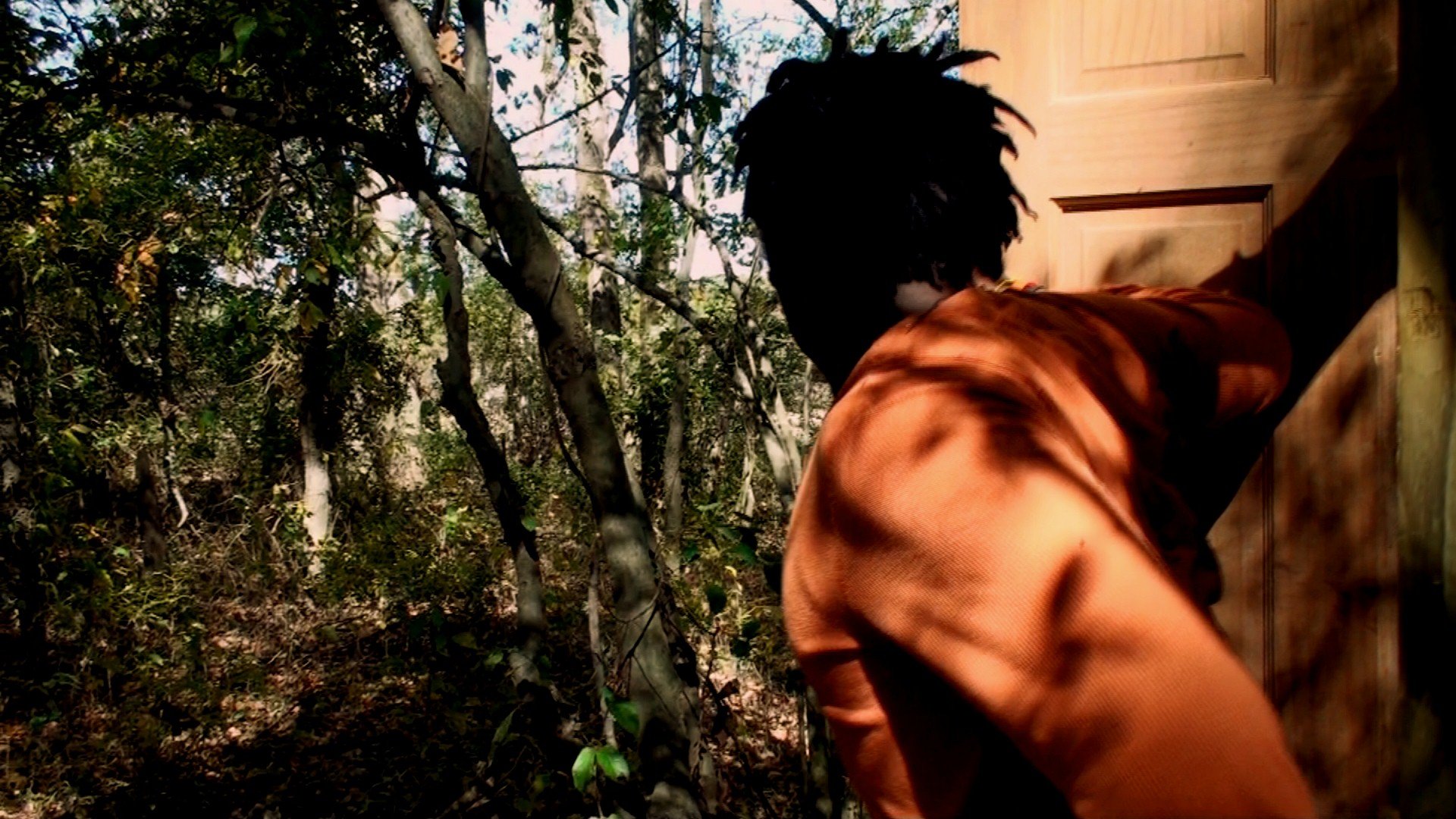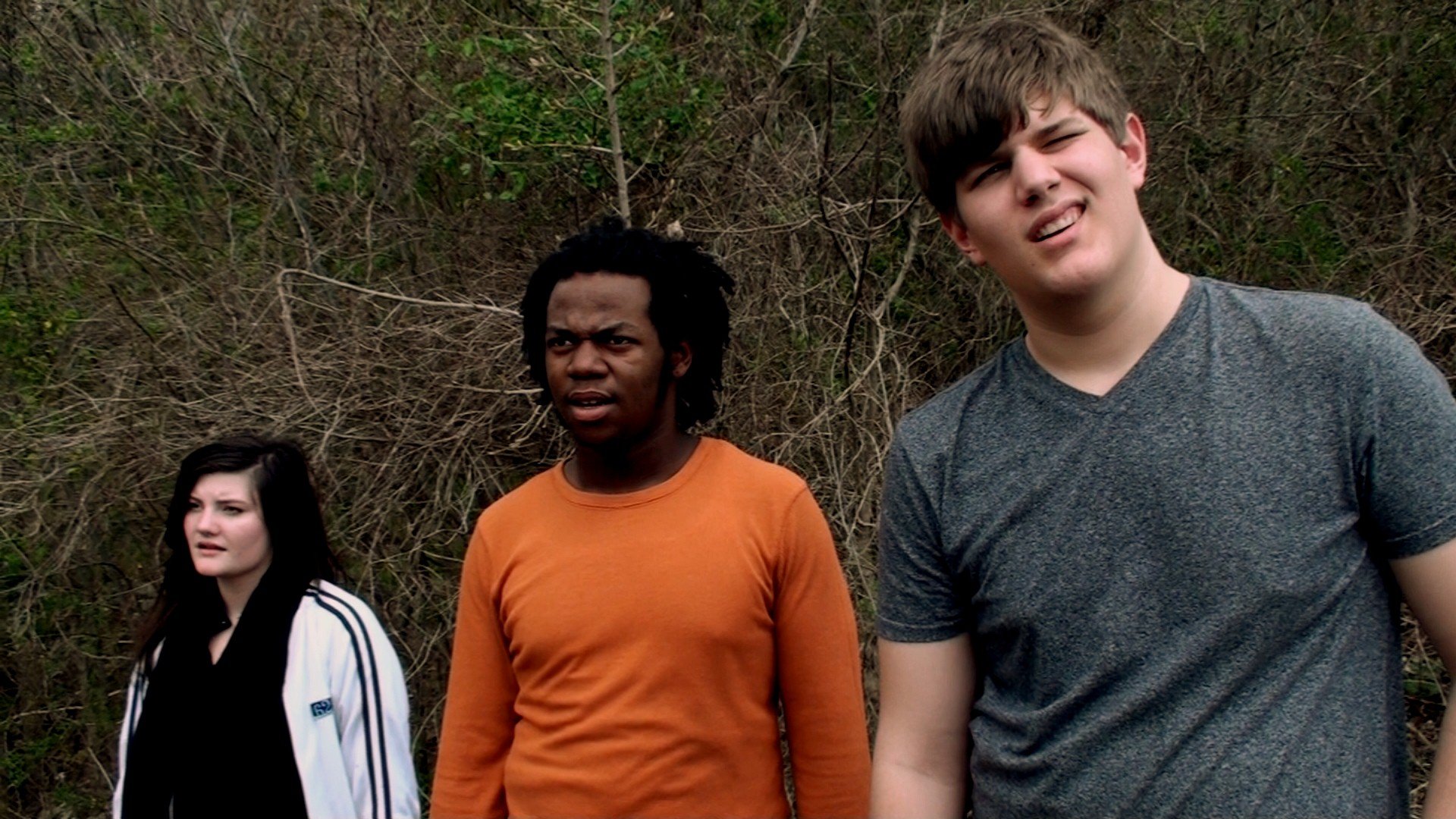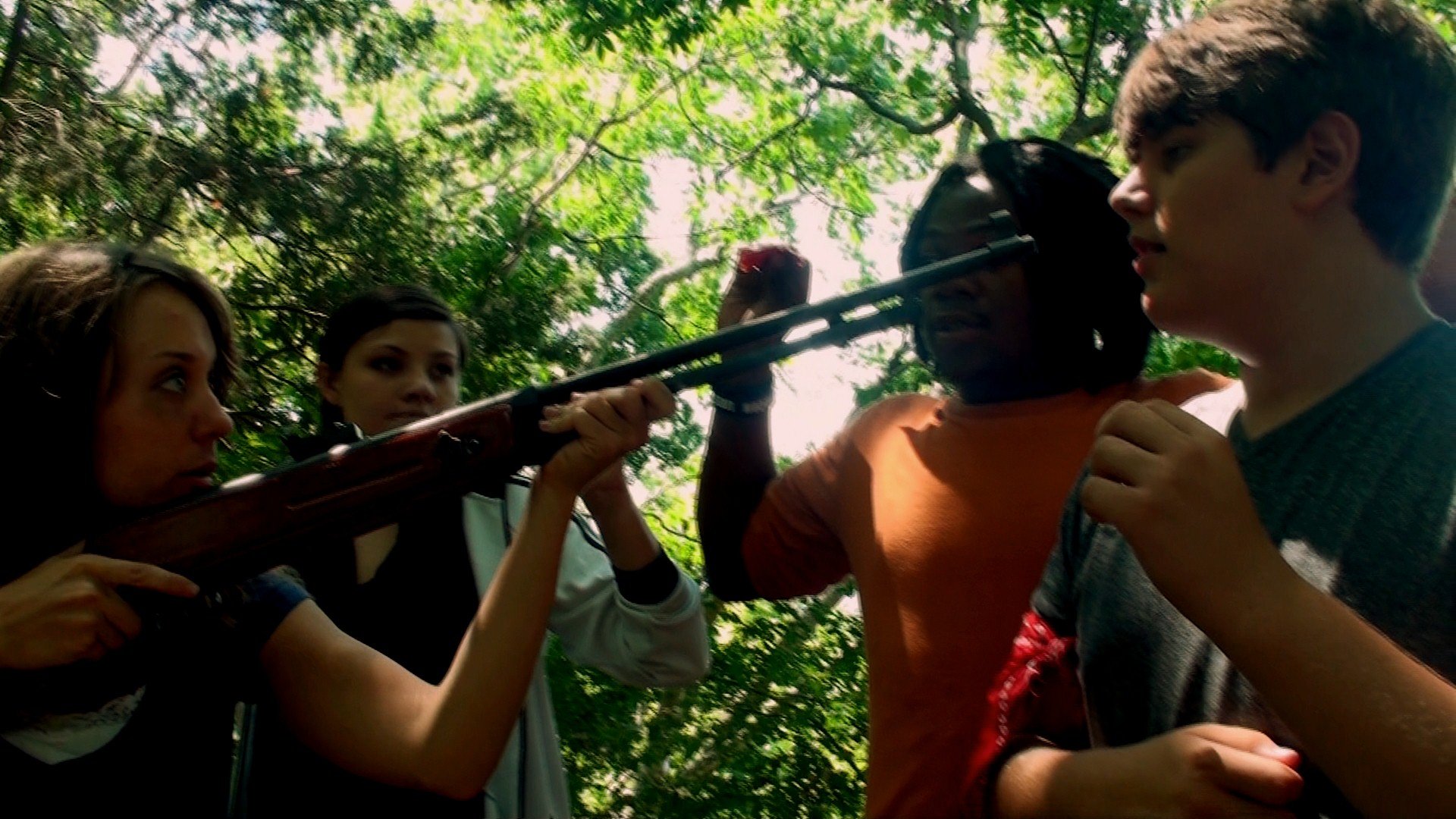Lesson Learned: “The Door”
If there was one project I am hesitant to revisit, it's "The Door." So many mistakes were made, but by the same token, so many lessons were learned. At the time, this was my crowning achievement, what I'd worked my whole life for, and all I have to show for it is an embarrassing home-video-quality film. But maybe I give it too little credit. Let's dive in and find out what I learned while filming the "The Door."
The Background
Everything you need to know but never asked
"The Door" was conceived and filmed while I was heading up my small production company dubbed Pineapple Films Studio, and entity that still exists on YouTube, geared toward making fun, entertaining content. The story of "The Door" revolved around a man being thrown through, you guessed it, a door in the middle of the woods, devoid of his memories and identity. After meeting a strange girl and a boy with a story as crazy as his, the trio must help this man recover his memories while evading a mysterious and potentially dangerous figure known only as The Man. Sounds fun, right? It's about as entertaining as that sentence, but I digress. While there are an astounding number of lessons that could be gleaned from such a train wreck of a project, I will do my best to select the top three, hereafter named with the same creativity and ingenuity that gave this project its name.
The First Lesson
Don't think, just do
While there are so many small lessons I could go into such as lighting, sound (oh gosh, the sound!), and scheduling, the biggest lesson I learned is not something that I would have thought to have learned from this. The biggest lesson I took away from this whole ordeal is to just not think so hard about the project, just get it done. I had an idea, I wanted to create it, so I did. I was not halted by thoughts of "who will like this," "what's my genre," or "should I even make this?" All I knew was that I had a dream to make this idea a reality, so I made it with little thought as to how. I just jumped and knew that I would land on my feet. Even though I landed more on my knees after breaking an ankle, metaphorically speaking, I still landed. And I learned how to jump because of it. So many times, we can get caught up with those questions and wonder if it's our destiny to make a project or if we should leave it for someone else. We get halted by insecurities about how we're not good enough to make the film or it will suck that we forget why we're making these films in the first place: because we love to. Above all, we want to make films and we love doing it! So, don't let anything stand in your way. Even if it does suck in the end, as this one surely did, the invaluable lessons and connections you make will lead to bigger and better things. I would not have made the films I can be proud of if I had not first made this utter failure.
The Second Lesson
Do what you can, then let it go
When making a film, writing a novel, or painting a picture, one of the temptations that comes across is to keep fiddling with something until you achieve perfection. Let me help you with something. Your project will never be perfect and will never be exactly what you want. A main reason for that in film is because the project is touched by so many hands, which is a beautiful thing when trusted, but can be scary, especially when you have a specific vision. And so you fiddle, you dabble, you tweak this and that, hoping to find your vision, and that's exactly what took "The Door" so long to produce. Even after it was shot, I continually messed with it, fixing mistakes and subtle goofs, hoping to get a good project. Originally, it was conceived as a web series, but I decided that I could combine all the episodes and make a movie out of it, so I spent a long time messing around with it even more. In the end, when it was more or less completed and I submitted it to film festivals, it was hardly the vision I had. In film, you have to know when the right time to say, "I'm finished" is. You have to know when it's time to stop messing around with the project to try a new idea and just let it go. Move on to the next project. Take the lessons you've learned and apply them to the next phase of your career. Don't look back, except when it is time to reflect on a lesson learned.
The Third Lesson
Don't strive for an award, strive to be the best you can be
The most depressing part for me came when I finally saw the film on the big screen, a dream of mine, and was wide-eyed and ready for adventure. What I got, however was a mess of a film. The sound was terrible, the writing was atrocious, and all of this was annunciated by snickering from the audience. I was humiliated, embarrassed, and dejected. My dream was crushed. I spent several months on hiatus from filming, thinking I would never go through that again. And that's when I decided to learn. No, I would not go through that again. I could go back to filming and learn from my mistakes instead of wallow in them. So I moved forward, challenging myself at every step to be better than I was in my last project, to continue to grow despite my shortcomings. No, I was not going to win an Academy Award, at least not yet, but I was going to do everything in my power to be the best that I could be, and that has made all the difference.
Closing Remarks
Whatever you do, don't quit
"The Door" was an unmitigated disaster, there's no doubt, and you can watch all of the train-wreck right now on YouTube here. And next time you make a project and wonder, "was it even worth it," know that everything you make is worth it as long as you learn something from it. Don't dwell on your mistakes, learn from your shortcomings and challenge yourself to be better. You wouldn't be doing this if you didn't believe you could do it, so don't quit now. Keep learning, keep growing, and keep creating.





